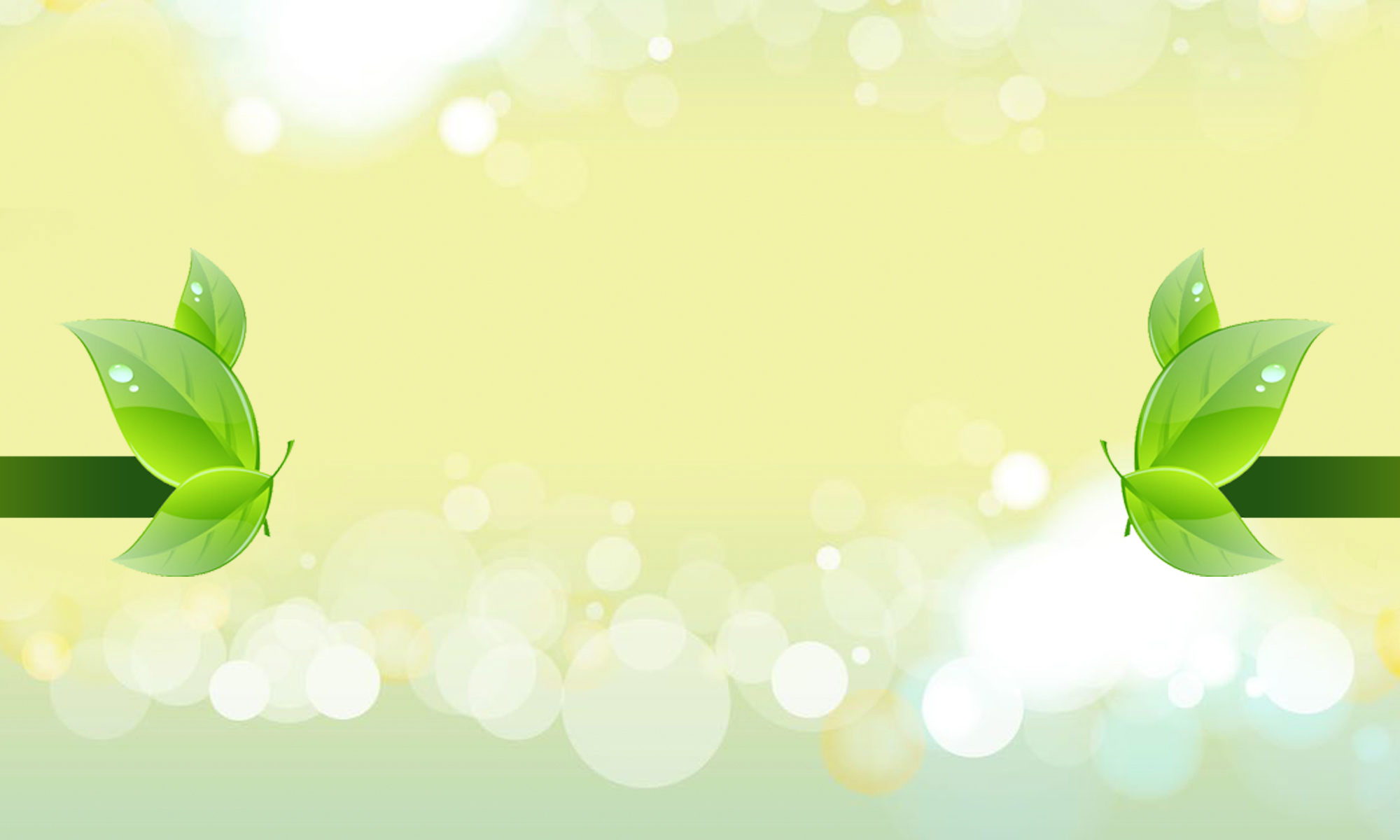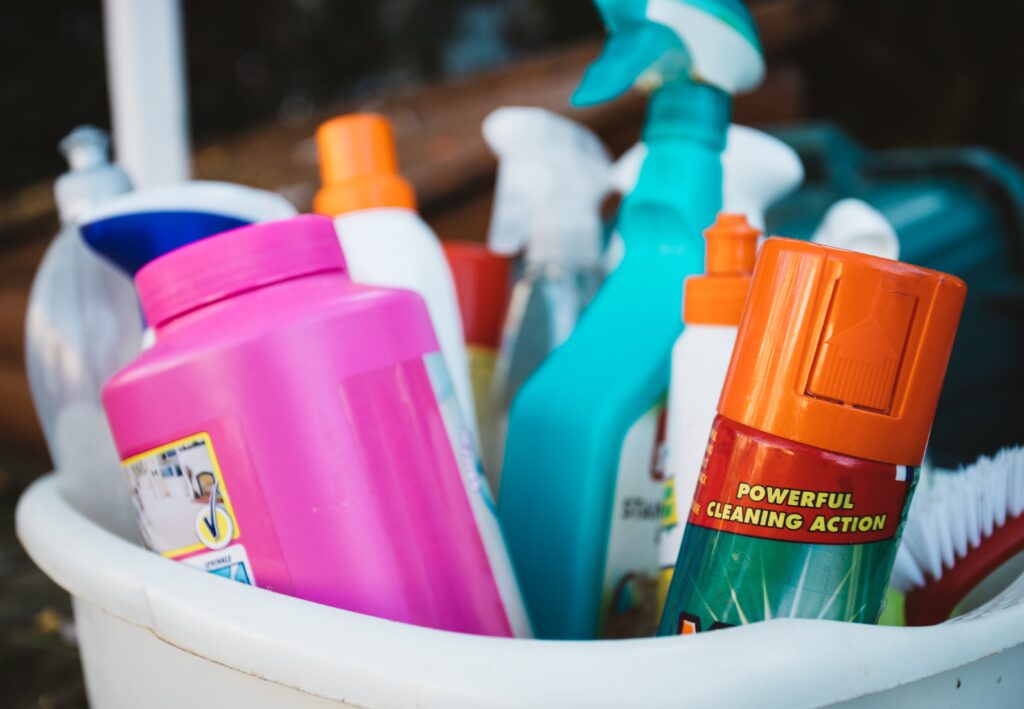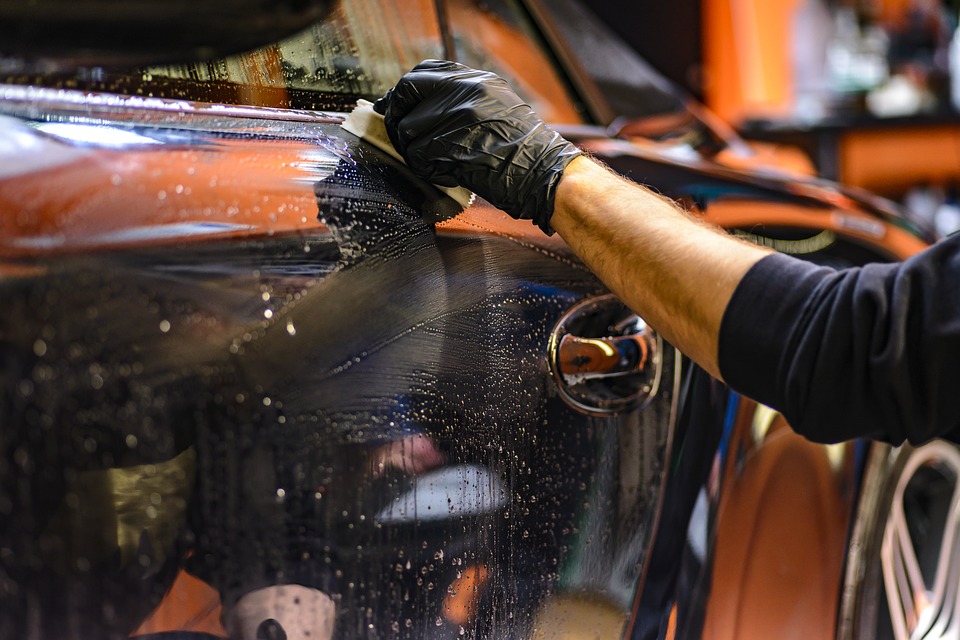
Winter slows our cleaning to a crawl. Some things are just impossible in the cold, while others have to take a backseat because of the added burden of snow management, shoveling, sanding, and more. Get your work vehicles back in top shape for the coming year and make sure you’re putting your best foot forward when you drive to a client’s house or onto a job site. Read more about how to refurbish your work vehicles after all the damage of winter.
External Cleaning
The chassis and undercarriage of any vehicle suffers the worst from winter weather. Work vehicles have to contend with icicles, snow, sleet, wind, and all the other weather. As winter turns to spring, snow turns to mud, and additional elements such as sand and dirt can turn corrosive. They also have to face all the human solutions we’ve put in place to deal with the weather. So, no pun intended, let’s get into the nitty gritty of what damages the externals of your vehicles.
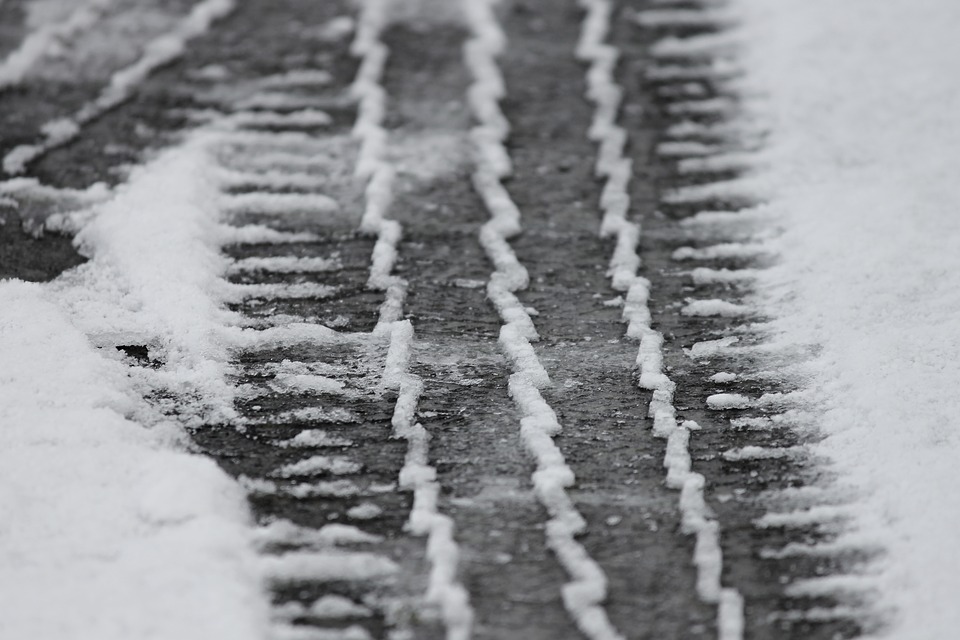
Salt
Salt is by far the greatest danger to vehicles from standard winter wear and tear. The primary danger from salt is erosion. Rock salt (or road salt) is very hydrophilic, which means it attracts water out of the air. That’s useful, since it helps cars stick to the road and stops ice from forming by interrupting the formation of ice crystals. But it also means if it gets past the paint surface of your work vehicles, it can draw in water that causes rust. Clean off that salt!
Sand
Instead of erosion, with sand, you have to be concerned with corrosion, or the process of grinding something down. Clean off those tiny dangers with a rinse. Sandpaper is used to smooth and grind things down for a reason! At its root, sand is the smallest form of glass, and equally damaging. It can get into every nook and cranny of your vehicle and cause untold damage to anything softer than glass – like paint, rubber gaskets, or timing belts!
Mud
It’s easy to underestimate what “just some mud” can do to your vehicle. The combined slurry of snow and mud in your wheel wells can damage the wheel, the chassis, or even the suspension of your vehicles. Don’t let this build up or cause corrosive damage over time!
Snow and Ice
Rain is largely harmless to cars, but the moment you add cold, that changes. Just like ice and snow can be harmful to people, it can be harmful to vehicles. One of the hidden dangers to vehicles is the damage done by refreezing and expanding. While a little water runs right off a vehicle, adding cold means it can take up a temporary home and when it freezes, cause damage to rubber gaskets, glass, and even metal.
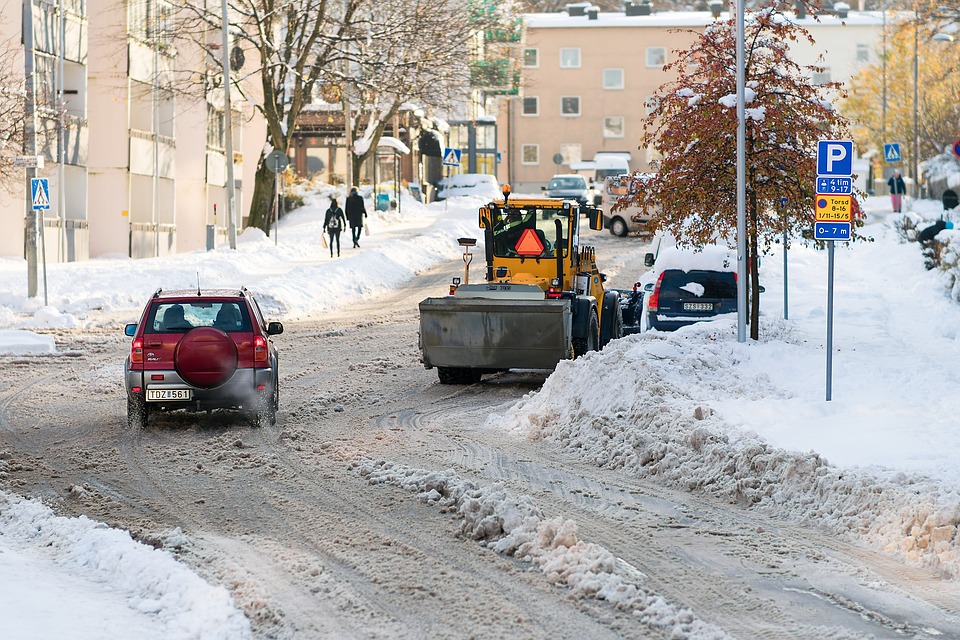
How to clean it!
Ideally, you want the entire vehicle clean from top to bottom with medium water pressure to get the last of the salt and sand off. High pressure washers like those used to clean houses aren’t a good idea – they can cause the same kind of damage to paint finish as constant corrosion of sand.
Rinse off the worst of the road dirt and salt and make sure you get a proper cleaning of the undercarriage done. Most professional car washes offer undercarriage cleaning, but there’s no substitute for hands on work. Rinse, wash, then rinse again, and make sure you leave the vehicles outside in the sun and wind so they dry completely.
Internal Cleaning
Winter may not have much effect on your steering wheel or your seats, but your floor wells take the brunt of the damage. Getting those clean is a must. Constant introduction of snow melt means the carpeting in your floor wells are always wet. That dampness seeps through the upholstery into the body of the car and can cause rust damage.
Employees often can’t remove all the snow from their boots on the go, no matter how careful they are. To protect your work vehicles from damage, we would strongly recommend rubberized floor mats or “bucket” style foot liners. These trap in the water to evaporate harmlessly instead of seeping into the body of the vehicle. They’re also much easier to clean than the alternatives, since you can remove them from the vehicle and dump out all the salt and sand.
Even though the rest of the vehicle interior doesn’t suffer from the worst of the winter, a good clean once-over is needed. In the ice cold of winter, no one wants to run a wet cloth over a dashboard. Assume no one has cleaned a vehicle all winter, and get rid of all that dust, grime, and all those germs. Clean it from top to bottom with the right cleaner for your upholstery, and get a vacuum in there to clean out all the seats and floor panels.
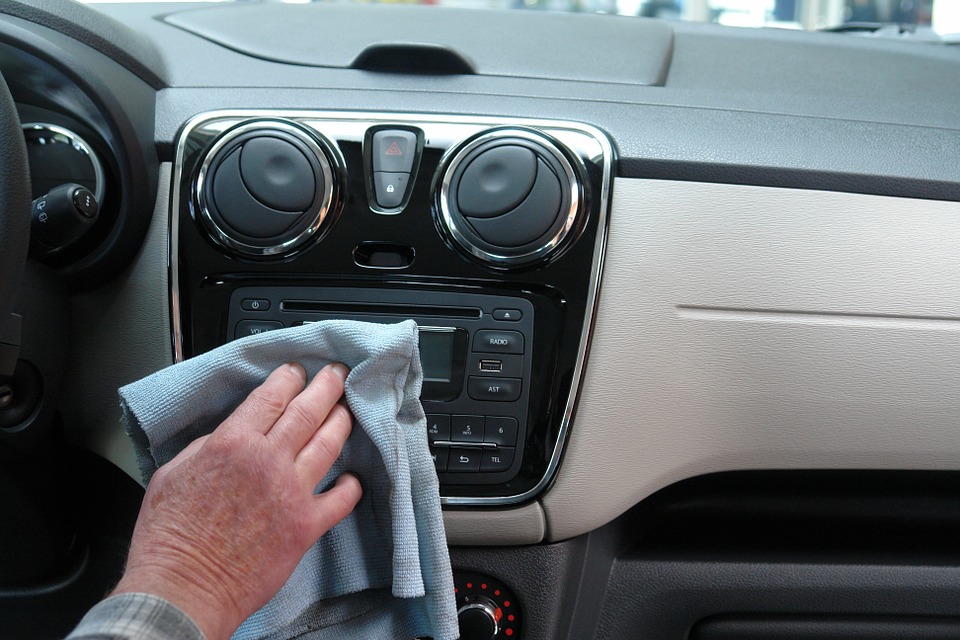
Does your office need a consultation on how best to green clean their space? Reach out to EcoSource for the best green cleaning for your needs.
